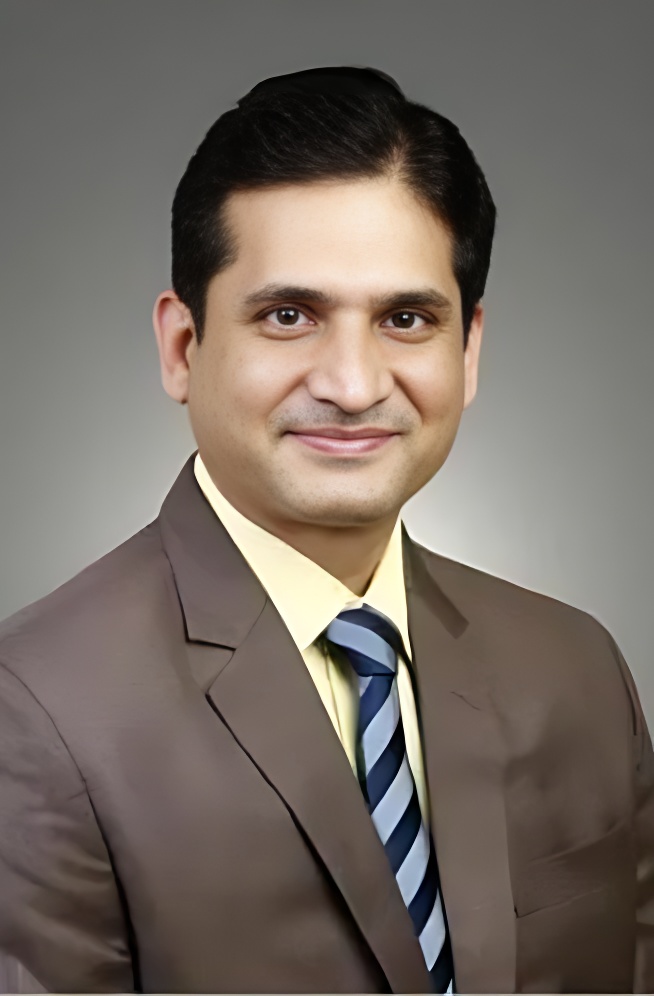Description
Sepsis mimics are conditions that present with symptoms similar to those of sepsis but have different underlying causes. These mimics can often lead to diagnostic challenges and delays in appropriate treatment. Examples of sepsis mimics include acute pancreatitis, viral infections, and drug reactions.Other conditions such as adrenal insufficiency, autoimmune diseases, and malignancies can also mimic sepsis. Identifying sepsis mimics requires thorough clinical evaluation, including detailed history-taking and diagnostic testing. Prompt recognition of sepsis mimics is crucial to avoid unnecessary antimicrobial therapy and invasive procedures. Imaging studies, laboratory tests, and sometimes invasive procedures may be necessary to differentiate sepsis from its mimics. Clinicians must maintain a high index of suspicion for sepsis mimics, especially in patients with atypical presentations or inadequate response to treatment.
Summary Listen
- A 22-year-old male presented with abdominal pain, vomiting, non-intestinal weight loss, fever, and night sweats, accompanied by travel history across North America and Europe. Clinical examination revealed mild abdominal pain and bilateral flank pain. Elevated CRP and WBC count were observed, while HIV serology was negative. Chest X-ray was normal, leading to a CT abdomen scan revealing a large paravetebral separated collection with vertebral scalloping and cranial extension to T6/T7 space.
- Fluid drainage, PCR for Mycobacterium tuberculosis, and AKT were initiated. However, the patient deteriorated two days later with hemodynamic instability, fever, hypotension, and tachycardia, requiring ICU admission and fluid resuscitation. Despite fluid resuscitation, WBC count and CRP increased, lactates remained high, and systemic examinations were normal. Blood and urine cultures remained negative. This raised confusion about whether the condition was sepsis, septic shock, or shock of undetermined etiology.
- Globally, sepsis contributes to half of all hospital deaths, affecting over a million Americans annually, with associated costs exceeding $20 billion. In India, sepsis is a major cause of mortality and morbidity, ranking as the second leading cause of death. Indian data on sepsis is limited, with key studies highlighting the epidemiology of sepsis in Indian ICUs, with respiratory tract infections being the most common site of sepsis, followed by intraabdominal infections. Common microbiological profiles in these cases include MDR organisms.
- The diagnosis of sepsis is challenging due to evolving definitions and the presence of sepsis mimics. The recent sepsis 3 definition focuses on infection, disregulated host response, and organ dysfunction. Sepsis involves microorganism invasion, disturbance of immunity, inflammation, microvascular injury, coagulation system activation, and organ failure. Sepsis mimics, conditions resembling sepsis but without verified infection, pose a diagnostic challenge.
- Sepsis mimics can originate from various organ systems, including respiratory, renal, gastrointestinal, and cardiovascular. Common examples include acute respiratory failure, acute kidney injury, heart failure, and pulmonary embolism. A thorough clinical examination, history-taking, laboratory findings, and microbiological cultures are essential for differentiation.
- Procalcitonin and CRP are valuable markers in distinguishing sepsis from pseudospsis, with serial procalcitonin rises indicating sepsis. Molecular tests such as pan culture, PCR-based tests, MALDI-TOF, and next-generation sequencing (NGS) are employed for sepsis diagnosis. Artificial intelligence and prediction models are expected to improve sepsis diagnosis in the future. Diagnostic algorithm involves ICU admission, sepsis 3 criteria application, blood culture, and, if necessary, LMCI screening criteria for identifying possible or proven infections.
Sample Certificate
About the Speakers

Dr. Gunadhar Padhi
Senior Critical Care Consultant, Apollo Hospitals, Navi Mumbai
Financial Disclosure
Comments
Comments
You must be logged in to leave a comment.